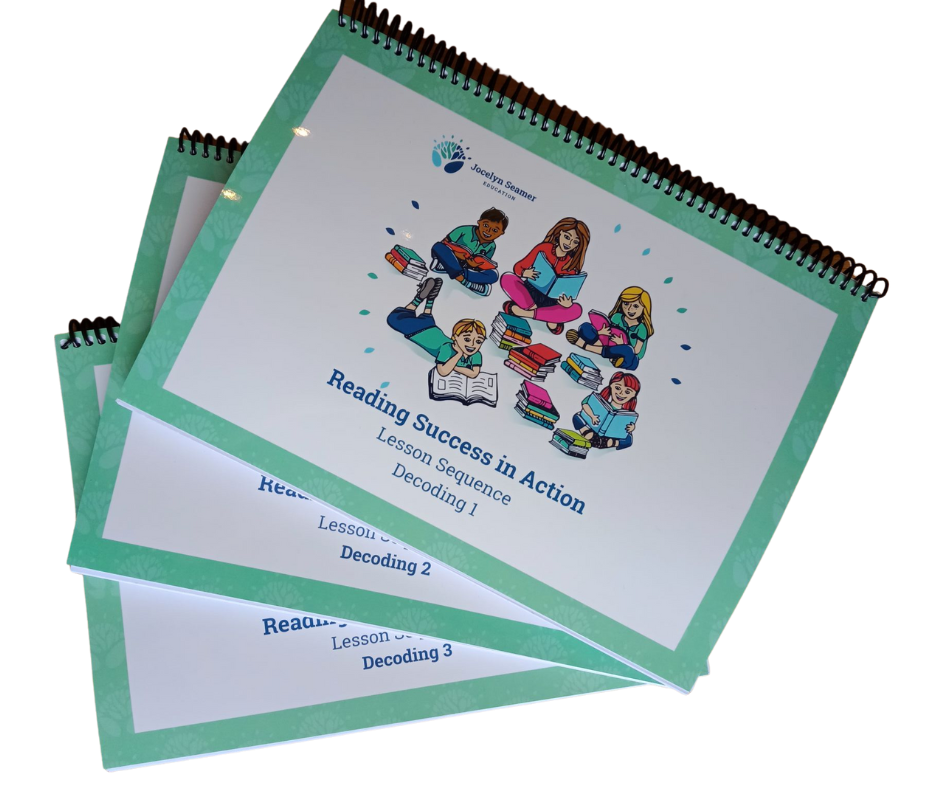S1 E2 - Should we be using commercial programs to teach reading?

In our 2022 Teach Voice in Literacy Instruction Survey, a whopping 96.5% of teachers said that they wanted a program to guide them step by step through reading instruction
Here are the highlights from this episode:
The Benefits of Using Programs
- There are a lot of moving parts in literacy instruction. Whether you are teaching lower, middle or upper primary, it can feel like teaching students to read and write is a juggling act. Finding the right balance of instruction to build strong skills in phonics, phonemic awareness, spelling, fluency, vocabulary, understanding of genre, syntax, parts of speech and ultimately comprehension and writing is no easy task at the best of times. Throw into the mix that your 25-30 students are sure to be at different places in their literacy journeys and have different needs in learning, and I can see how teachers come to the point where they are reaching for the nearest printable resource that looks manageable, even when that little voice in the back of our heads says, “uh oh. You know this isn’t quality teaching, right?” The other path a teacher might take is to create their own teaching program and resources for literacy. This involves an exorbitant number of hours arranging content, putting all the moving parts of phonics, irregular high frequency words, decodable texts, sentence level work and oral reading fluency together. Now this might be ok if all a primary teacher taught was literacy, but there are 7 or 8 learning areas that we need to teach to a high level. Trying to do this level of work across all those areas is a recipe for overwhelm and burn out.
-Programs brings everyone onto the same page. When we go into a school, we should be able to move from classroom to classroom and see low variance routines delivered in the same way to every student. This isn’t just about looking like we are being consistent, but about equity for all students.
-Programs help us learn new ways of teaching. A program can be a GPS for us. Someone has been there before us and knows the way. They have mapped out the route and identified the quickest way to get where we want to go. What this preparation does for us is reduce our cognitive load in a way that shouldn’t be underestimated. Having our cognitive load freed up gives us space and time to build our knowledge and experience without the overload of creating everything from scratch.
-When we have strong tools and effective low variance routines, we are able to get great results, fast.
The Challenges of Using Programs
- The first challenge that comes to mind is cost. There’s no denying that published programs run on the expensive side costing anywhere from $400 to over $1000 per classroom just to teach phonics and decoding. And that doesn’t include the decodable texts that you’ll need to buy to align with the program or the student workbooks that some programs require you buy to be able to teach them fully. Throw in $1000 per person for training and implementing a structured systematic synthetic phonics programs is an expensive exercise. It’s one thing for a school to fund all of this, but what are we supposed to do when we need to resource our own classrooms? We shouldn’t be expecting teachers to spend thousands of dollars of their own money to resource their classrooms for teaching. It is this situation that led me to develop the Reading Success in Action series, a fully mapped out set of lesson sequences for phonics and decoding at grapheme, word and sentence level that comes with printable partner practice booklets, assessment and QR codes that lead you right to videos of me unpacking instruction.
We need programs to support teaching AND to grow teacher capacity.


 Jocelyn Seamer Education
Jocelyn Seamer Education
0 comments
Leave a comment